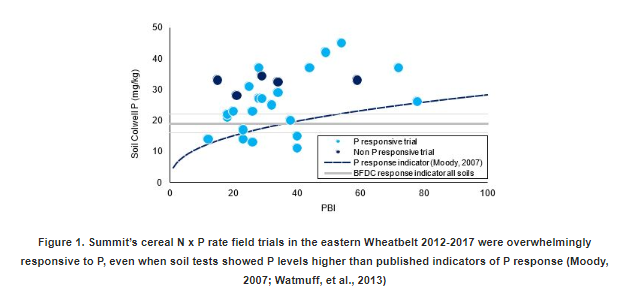Nutrition For Crops After Low Yielding Seasons
The authors of this paper note in the conclusion: 'Fertiliser decisions for cropping should be based on yield targets and supported by soil testing. Decreasing establishment P rates may be applicable, but only if the appropriate benchmarks are used to interpret soil test results and rarely to zero as yield and profit penalties will occur. Local field trials based on up-to-date farming methods provide the best source of information to growers in assessing how responsive their crops may be.' Please access the full paper via the link below if this research interests you
The take home messages from this GRDC-funded research are below. Please access the full paper via the link below for methodology, references, acknowledgements and discussion.
Key messages from the paper include:
- Residual nutrients are difficult to ascertain at modern crop input rates on many soils and make relatively low contributions to yield in comparison to new season applications.
- Soil testing and analysis is important to identify responsiveness but benchmark values are not ‘critical’ as their name suggests and require careful consideration.
- There is false economy in cutting back or neglecting nutrients at sowing, especially P for cost saving or shifting to in-season N spending.
- Rather than only adding to the cost side of the equation, additional nutrition improves the productivity and profit gains from soil amelioration.
